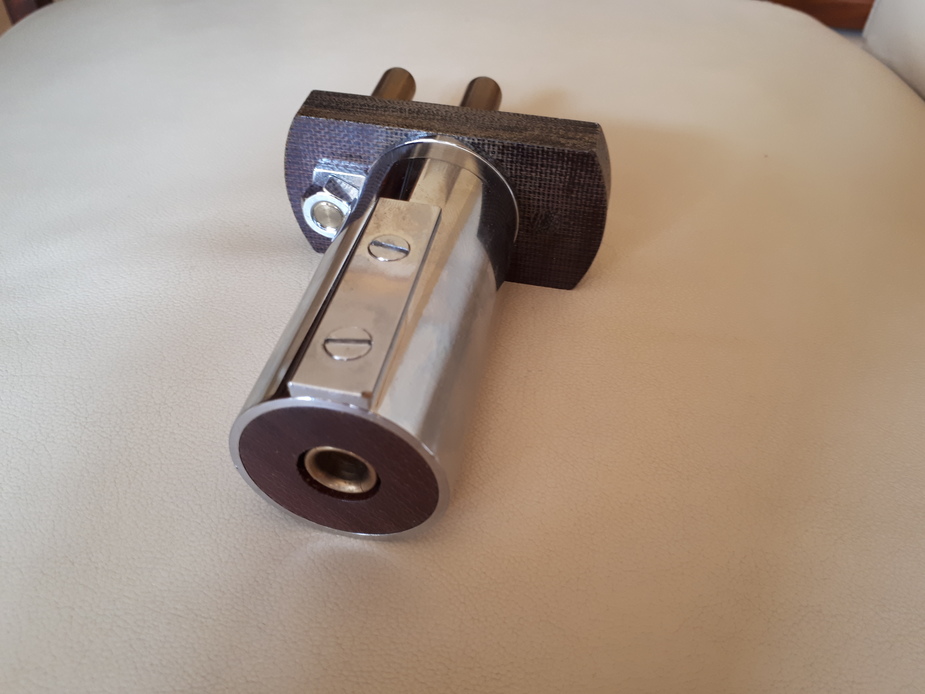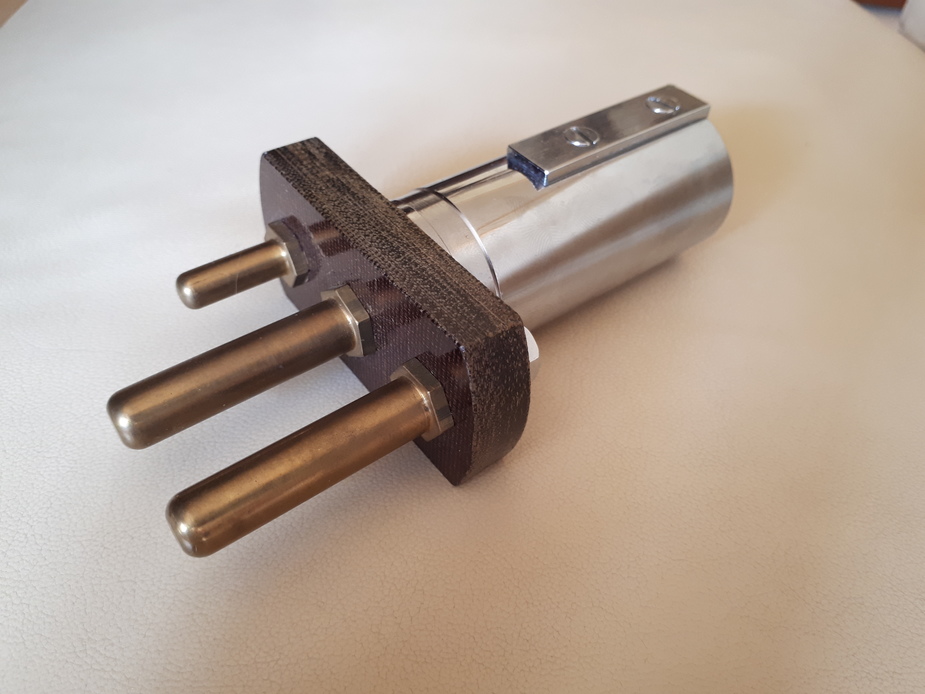I needed external power 2 years ago (C182 with G1000 avionics) after I forgot BAT ON for few days…
Waited about 10 minutes with RPM at around 1000 and then did my flght without problems.
did about 300 hours with it till now and never had problem with the (same) battery
Peter wrote:
That is type specific.
Battery-type specific? I don’t think so.
I’ve seen the inside of a battery that had had a few GPU starts and thereafter charged at 70 Amps (decreasing). Not pretty. And Mike Busch corroborates it. That is reason enough for me not to jumpstart.
I would get an adapter with jump start connectors. Then all you need is two car batteries and a jump start cable. The most flexible solution. I always carry such a cable on my longer trips. Have needed it before. I also carry my CTEK charger.
Battery-type specific? I don’t think so.
Specific to whether ext power also feeds the battery. It shouldn’t (there is supposed to be a battery-disconnect relay, which is what the 3rd pin is about – it energises the relay) but on some types it does and that is where the potential for damage comes from, because a GPU can source hundreds of amps.
Most light aircaft I have flown, have relays as Peter wrote:
there is supposed to be a battery-disconnect relay
When you plug in an external power source whether it be 12 or 24 volt, you should here the relays ‘click’. This is isolating the aircraft battery from the electrical system. If you don’t here the ‘click’, don’t try and start. Every aircraft should have a procedure in the POH to start on external power and it will vary slightly for each type. Follow the procedure exactly and you won’t have a problem.
I use external power occasionally when the aircraft hasn’t flown for a couple of weeks or more, especially in winter with low temperatures. Asking a battery in winter to start a cold engine (with cold thick oil) that has not run for a few weeks is a big ‘ask’.
If you have access to mains power near your parked aircraft (sore point for some people I know), then use a achimha wrote:
CTEK chargerthey make some great products for maintaining a battery.
If you don’t here the ‘click’, don’t try and start.
I think that if you don’t hear the click, the external power connector is dead anyway and you won’t be able to start. I have had this a couple of times. It is (on the TB20) because Socata used the wrong sort of relay and the starter current passes through a normally-closed contact rated at only about 50A, and this eventually gets fused. More here.
If you have access to mains power near your parked aircraft (sore point for some people I know),
It is really sensible to install a (covert) battery charging connector, which connects directly to the battery (via a fuse which is close to the battery). I did that on Justine’s mum’s A-Class Merc whose battery would go flat after 1 week because the locking system drew 50-100mA  Some US pilots did this with a field approval…
Some US pilots did this with a field approval…
Getting further away from the topic, but this stuff is hopefully relevant to various people. There is also a similar thread here.
My problem has shrunk a little…
When rummaging through some plane stuff, i stumbled across something i hadnt made any sense of in the first few days and then put away (out of sight – out of mind)
So i can handle a standard/Cessna type plug now… at least ;-)


I am now looking at implementing something like this, but not with an external connector, to avoid waterproofing issues.
The range of connectors which are truly waterproof is not great, so I will put something in the luggage compartment.
There are two ways to implement reverse polarity protection. One is to use just a simple diode (easy, since it is carrying just the charging current) but some designs have used a relay whose coil is switched from the input via a diode so the relay is energised only when the source is the right way around. The more modern way would be a hefty schottky diode (voltage drop ~0.4V) or, for the absolute purist, a MOSFET with a suitably negligible Rds (two a penny these days). You don’t really want the 0.4V drop because with a 28.0V charging source the difference between 28.0V and 27.6V is a battery which is fully charged and a battery which is much less than fully charged.
However… the big issue is getting mains power for the charger. I was doing some stuff on my plane today with the avionics on (various firmware upgrades, ADL150, Aera 660, etc) and the biggest fun was finding a long enough extension lead. There ought to be a product which can convert a 12V car battery into a regulated 14.0V or 28.0V, and which basically runs until the source is exhausted. Quite a small battery could then be used; really small if LIPO. Of course one can build it…
Just an anecdote
My only external power was during a check ride on a C162 with a flat battery (the instructor left master and avionics on), and the jump start came from one of those airliner pushback tugs, i.e. about three times the size of the pane
Wish I’d taken a photo
I’m rather perplexed about these aircraft where the battery goes flat. Admittedly the Warrior is a very simple aircraft and the only drain is the clock, which is broken (open circuit) most of the time anyway. But the battery doesn’t go flat, even if left for several weeks when I’m away.
The one occasion when it did happen is when I left the master on for 3Hrs at an unattended airfield. That took a kindly passer by and a newly acquired set of jump leads. Even then, I don’t see how a battery is going to be damaged by inrush current, given that the voltage instantly rises to match the donor battery without huge sparking and charge current falls back soon after the engine fires. The battery is rated at 300A or something, after all.
In any case, all this external power business is history in the Warrior where the 12v battery is under the back seat. Ordinary jump leads over the seat and out of the baggage door reach to the donor’s car. Even better, with a Lipo portable power pack (Lipos have very long shelf life), clip on in seconds and Vroom!
And yes, I’m very careful about the master switch these days!